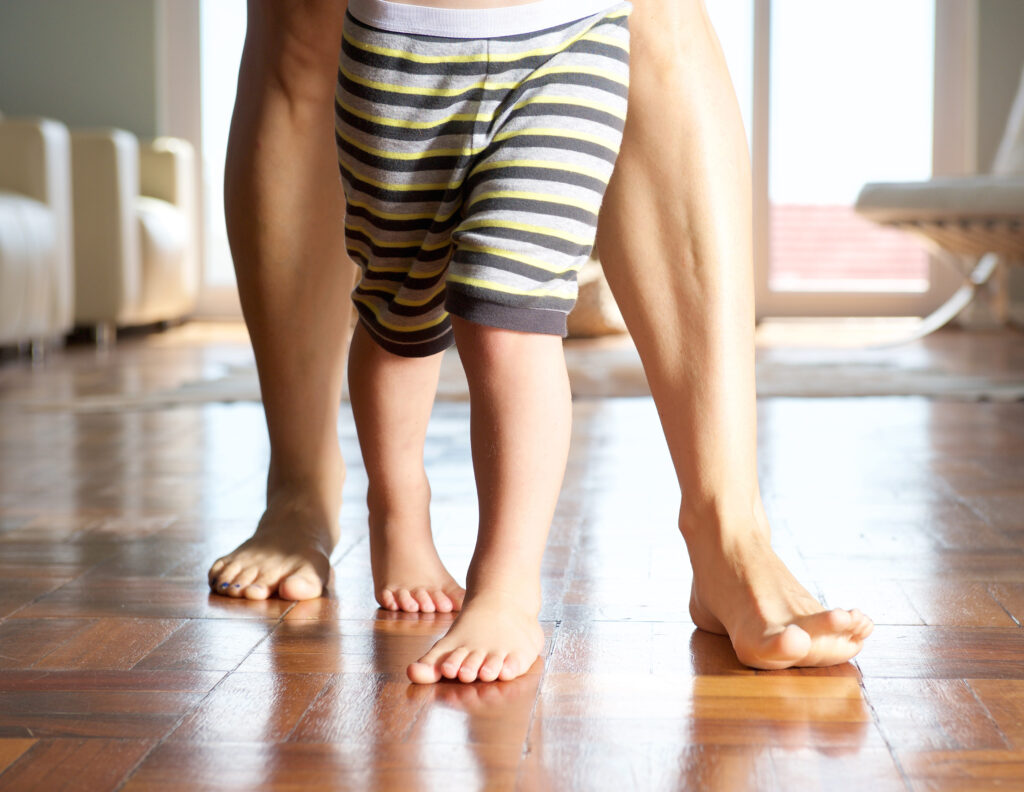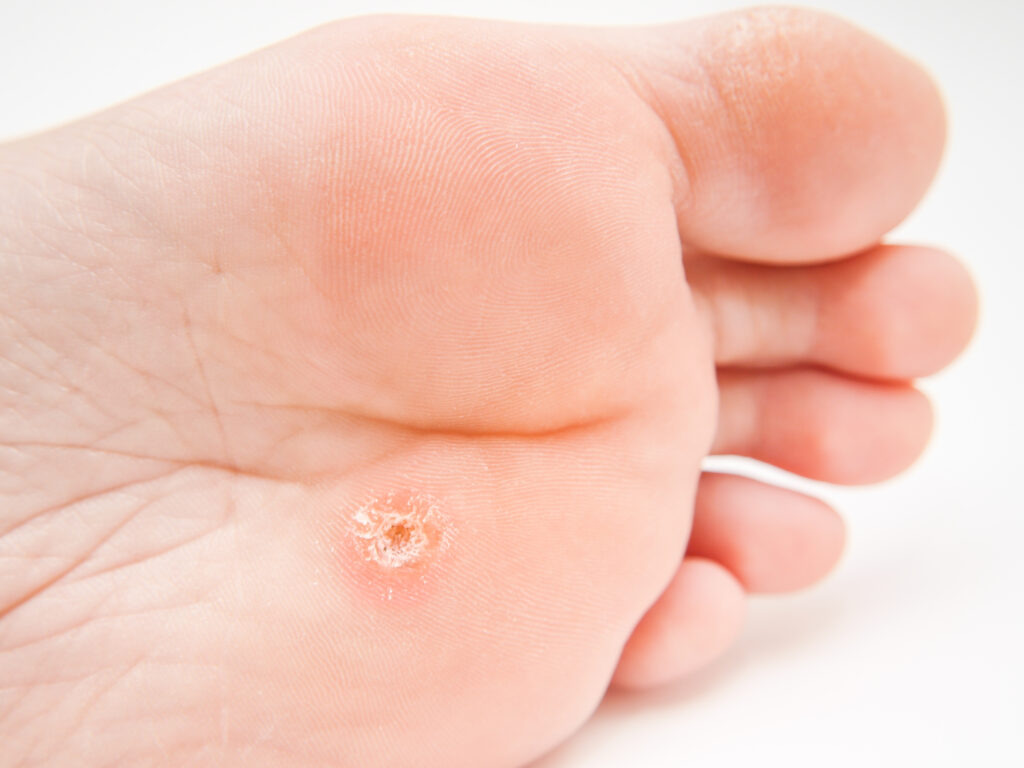Blog
What you need to know about physiotherapy and podiatry.



Why choose Women’s and Children Centre for your child’s feet condition?
Our experienced and specialised podiatrists will conduct a thorough assessment of your child’s lower limbs to achieve an accurate diagnosis. We aim not just to address the symptoms, but to also treat any underlying alignment or musculoskeletal issues causing the symptoms.
We will not prescribe any treatment modality that is unwarranted. For example, we seldom prescribe customised insoles for children as they are not cost effective due to the child outgrowing their insoles quickly. Most of the time, off-the-shelf insoles with the necessary adjustments are adequate in managing a child’s feet condition. Customised insoles may be required for children with severe feet conditions.
More often than not, insoles are not the only solution for children’s feet conditions. Feet symptoms can be related to musculoskeletal and/or alignment issues arising from the spine, hips or knees. At the Women’s and Children Centre, we have both physiotherapists and podiatrists at each clinic, which readily provides a holistic approach to managing your child’s condition, especially when postural correction or musculoskeletal control is required.
What are the common children’s feet issues we see?
Flat Feet

Flat feet are when the arches of the feet are flattened and in contact with the floor. Most babies are born with flat feet and develop arches as they grow, usually by the age of 3. However, the arch may not fully form for some and the condition may remain all the way to adulthood. Flat feet may also be the result of neuromuscular disorders, injury, obesity, knock-knees or other family medical history.
Having flat feet does not necessarily lead to developing feet problems. In fact, intervention may not be warranted for most children with asymptomatic flat feet. However, if your child tends to trip and fall often, complains of pains or aches during walking, or tires easily after long walks or exercise, do seek advice from a podiatrist.
A skilled podiatrist with experience in managing paediatric conditions will be able to conduct a thorough biomechanical assessment and recommend the appropriate treatment plan, which may include one or more of the following:
Surgical intervention may have to be considered in severe cases of flat feet where conservative management is not helping, but such instances are rare.
Intoeing Walking

“Pigeon Toe” or “Intoeing” refers to the feet turning inwards when walking, which can be commonly seen in young children. For most kids, intoeing will be naturally corrected before they turn 8 years old and does not require any intervention.
However, if your child is having difficulties exercising or playing sports due to frequent falls or appears to be clumsy, or if they frequently complain of pains and aches in their feet, you should consult a podiatrist for a thorough lower limb biomechanical assessment. For some children, uncorrected intoeing can lead to the following complications:
1) An imbalanced walking pattern that can cause strain to the foot and ankle
2) Reduced athletic ability due to impaired running or jumping
3) Foot deformities including bunions, hammertoes and flat feet
When in doubt, do consult a podiatrist for a thorough lower limb assessment. Specially prescribed insoles with out-toeing gait plates, sports taping, targeted exercises and/or physiotherapy can help to manage conditions related to intoeing.
Toe Walking or Tiptoeing Gait

Toe walking is common among toddlers as they are learning to walk, especially during the second year of life. This often goes away naturally by age 3. Occasional toe walking should not be a cause for concern.
A consultation with a paediatrician or a podiatrist should be sought for children who continues to walk on their toes past the age of 3. Persistent toe walking may be linked to medical conditions such as cerebral palsy, muscle weakness disorders, autism, or other neurological disorders; or they can be just due to delayed development and excessively tight calves.
Treatment should be tailored based on the cause and severity of the condition of toe walking. Mild toe walking should be monitored to see if the child outgrows the condition with passive stretching, massage and desensitisation by increasing sensory feedback to the heels. Splinting and orthotic therapy can be considered for mild to moderate cases. Surgical intervention will need to be considered if the tiptoeing gait is caused by severe neuro-muscular disorders. You will need to consult a specialist for further assessment and management.
Ingrown Toenails

An ingrown toenail occurs when the edge of the nail has pierced the skin around it. The surrounding skin may appear red, shiny or swollen. There may be throbbing pain accompanied by acute tenderness from the slightest pressure.
Ingrown toenails tend to happen in young children due to poor nail cutting technique, picking of nails, wearing ill-fitting footwear or trauma to the nail when playing sports or falling. This condition requires urgent treatment as it can cause intense pain and lead to infection if left untreated.
Treatment includes removal of the offending nail conservatively and to allow the wound to heal. A minor surgical procedure to remove the part of the nail that causes the issue can be performed if the issue is persistent.
Plantar Warts

Plantar warts are one of the most common skin lesions in children as they have not developed the required immunity. It is caused by a family of viruses called Human Papillomavirus (HPV), which infects the skin and causes hard skin layers to form. Warts may occur on any part of the skin, but they tend to occur on the sole of the foot because it is the most susceptible to injury, which allows an entry point for the wart to infect.
A plantar wart is often mistaken for a corn or callus because they have a similar appearance. Warts have tiny black dots within the lesion and creates discomfort with weight-bearing. Warts can spread to other people with skin-to-skin contact. Picking or scratching may lead to spreading of warts on the same child. Walking barefoot in communal showers or swimming pools can increase the risk of contracting the warts especially if your child has a cut or blister on the feet. It is advisable to wear waterproof sandals or flip-flops into such places.
There are different treatments for warts but here at Physio & Sole Clinic we will remove and debride away the dead and hard skin on top of the wart, apply a high concentration salicylic acid medication, and freeze the wart with cryotherapy. These treatment modalities performed by a podiatrist are targeted to destroy the viral skin cells (warts) without damaging the surrounding healthy skin. As warts are notoriously stubborn to treat and recurs easily, an average of 4-8 sessions may be required for the resolution of the warts.
Our podiatrists will be able to help you with any issues related to your child’s feet conditions. Feel free to contact us via our “Ask a Podiatrist” Whatsapp service for more information!
Phone: 9126 8257
Fax: 6281 1209
Email: contact@physioandsole.com
Whatsapp a Podiatrist: 91754929
Whatsapp a Physiotherapist: 98997967